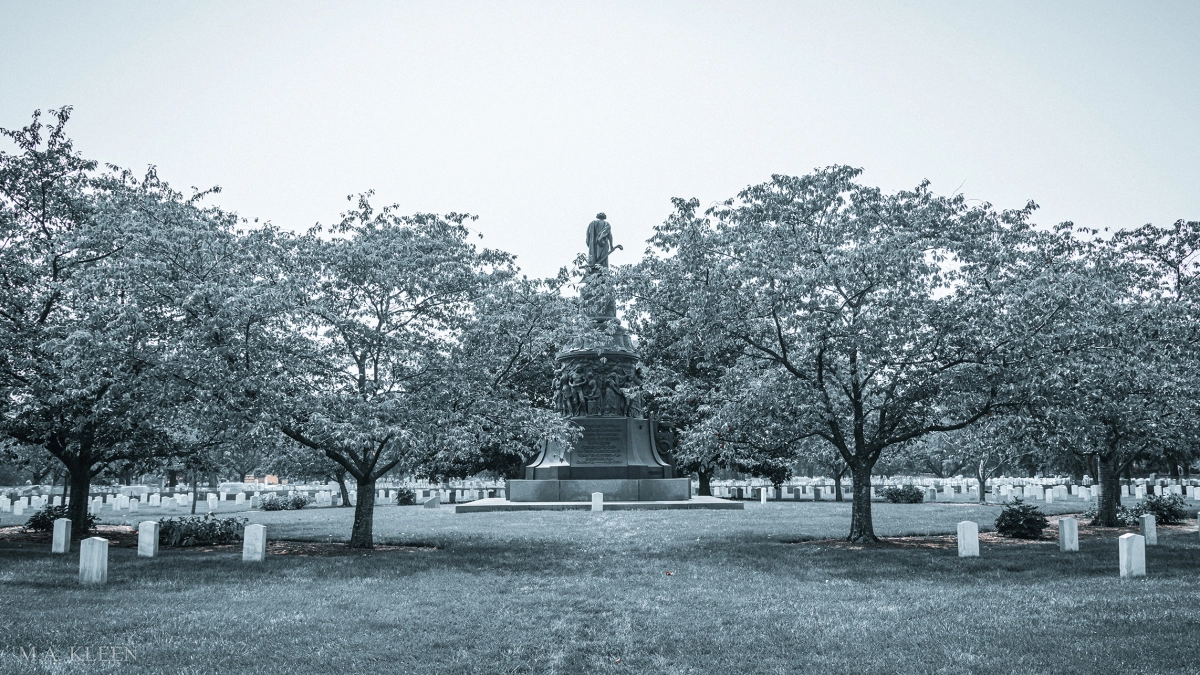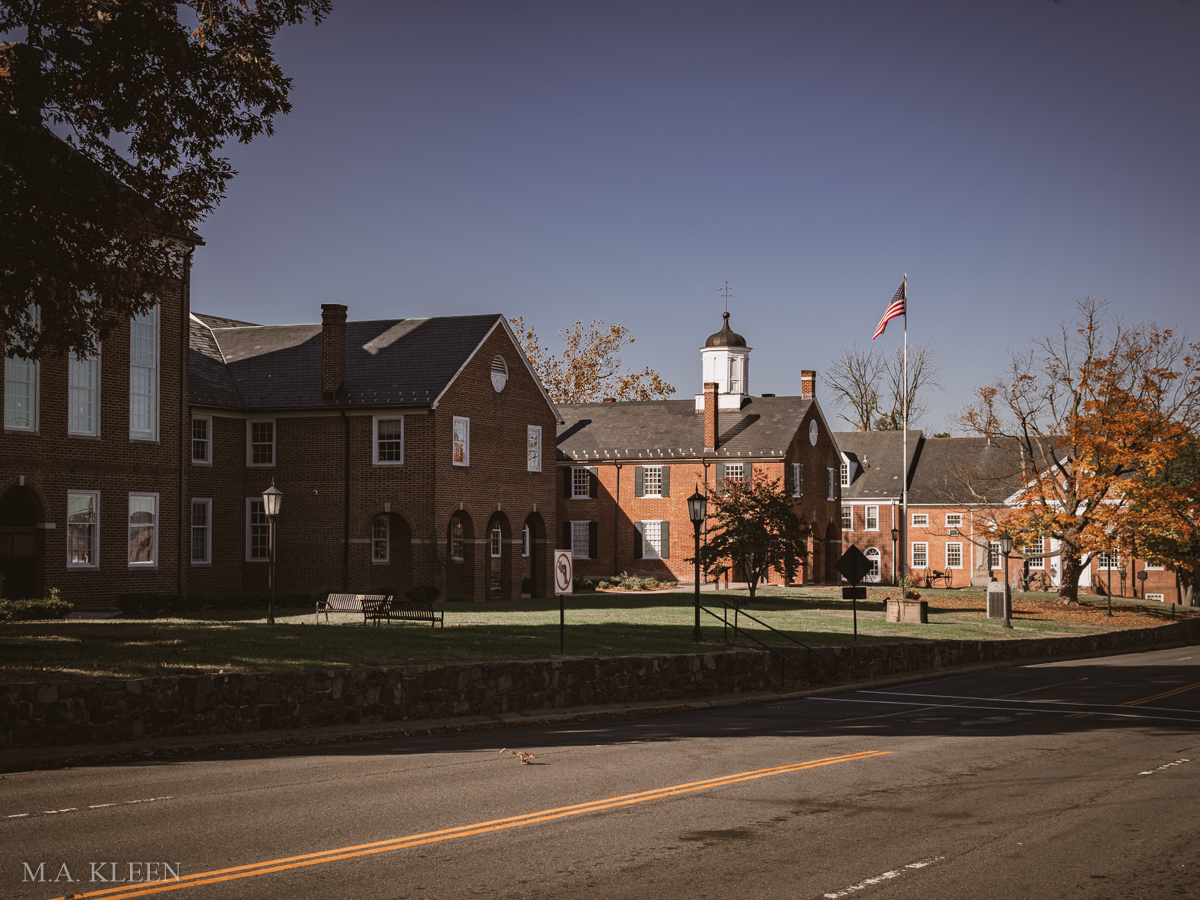Abandoned places have always fascinated me. A place is warm, comfortable, inviting, filled with life—until it’s not. We move on and leave behind a cold shell, decaying, lifeless, and dark. Haunted by memories. Haunted by stories. By secrets buried in dust. For over 20 years, I’ve been visiting, photographing, and documenting places some say are better left unseen, unwanted, or erased. Many of the locations in this book no longer exist, except for these photographs. Join me for a journey to the not-so-distant past, to places begging for their stories to be told. Every sagging floor, dilapidated roof, and broken window tells the tale of a life rapidly fading from memory.
This full-color, hardcover book features over 200 photos of abandoned places from all over the United States, including Arizona, New York, Ohio, Pennsylvania, Maryland, Virginia, West Virginia, Illinois, Georgia, and Florida. Plus a few photos from Canada and even Iraq!
The official release date is June 3rd. Pre-order now at Amazon or drop me an email if you’re interested in a signed copy.













You must be logged in to post a comment.